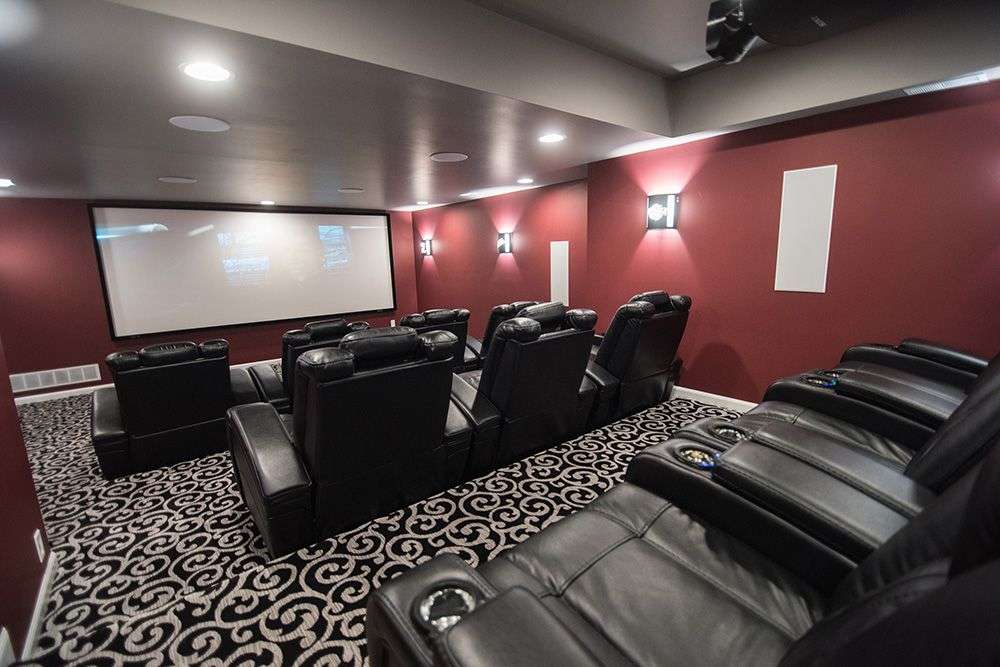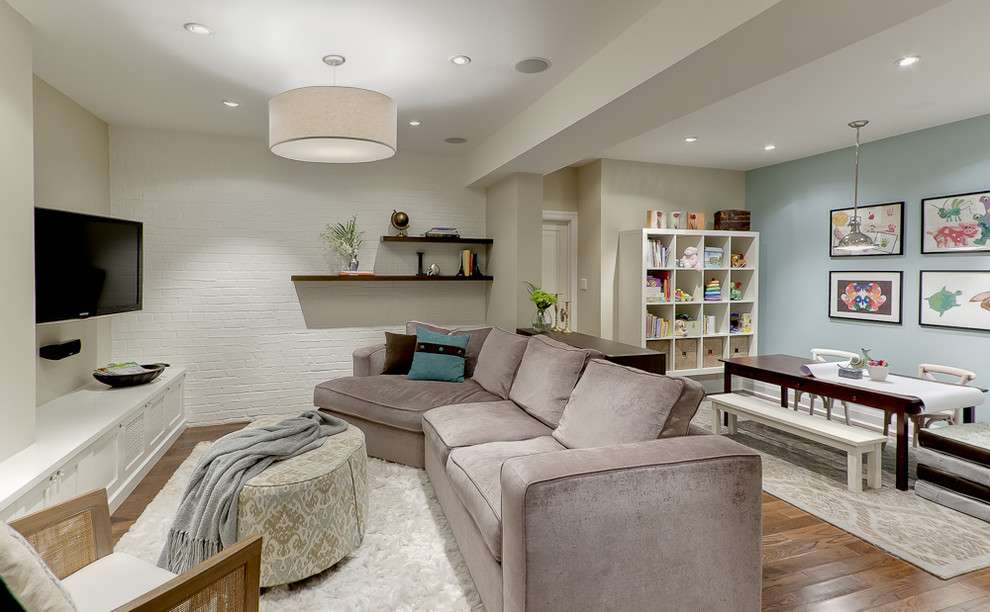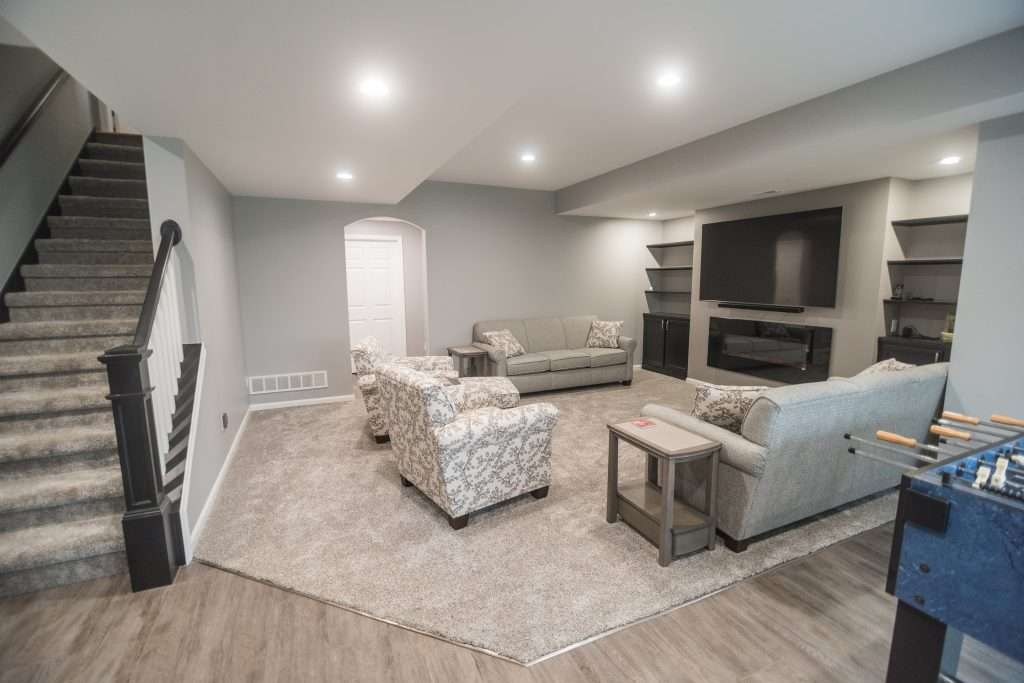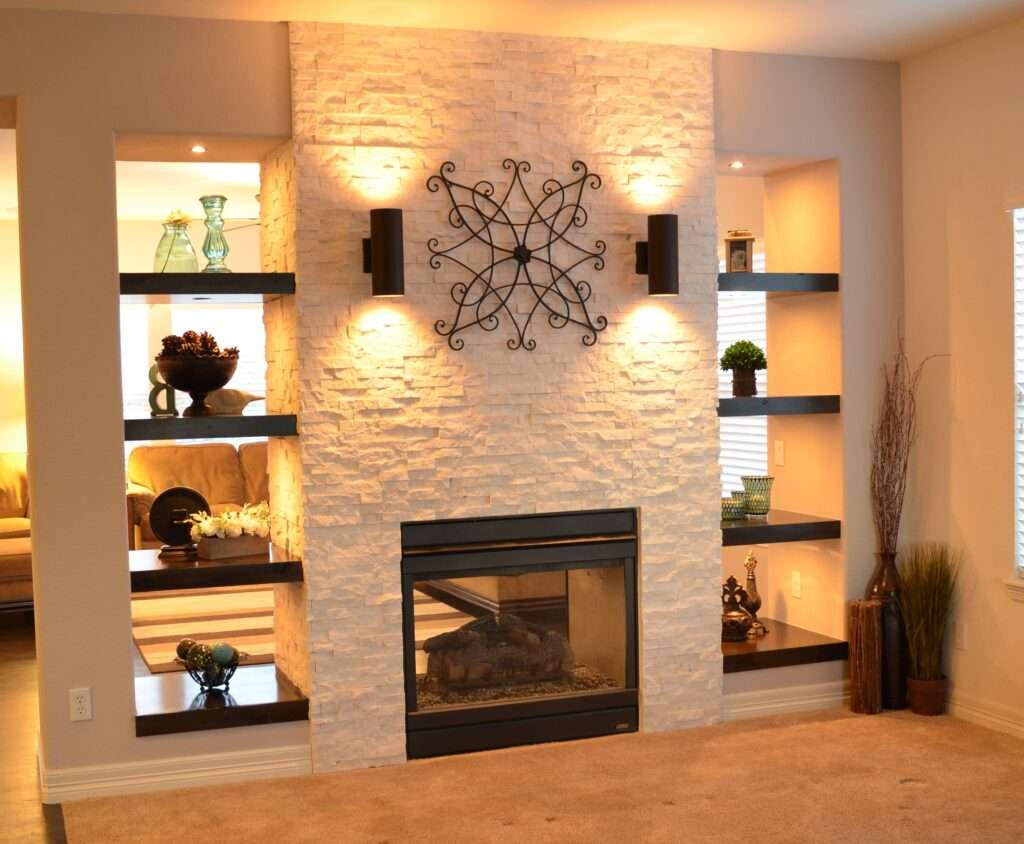How to Ensure Your Basement Suite is Legal in Ontario:
How to Ensure Your Basement Suite is Legal in Ontario: 2. Legal vs. Illegal Basement Suites: What’s the Difference? Legal suites adhere to proper permits, building codes, fire codes, electrical codes, and local zoning bylaws. They are often registered with the local municipality. Illegal suites violate these regulations and may lead to fines or legal […]
How to Ensure Your Basement Suite is Legal in Ontario: Read More »




